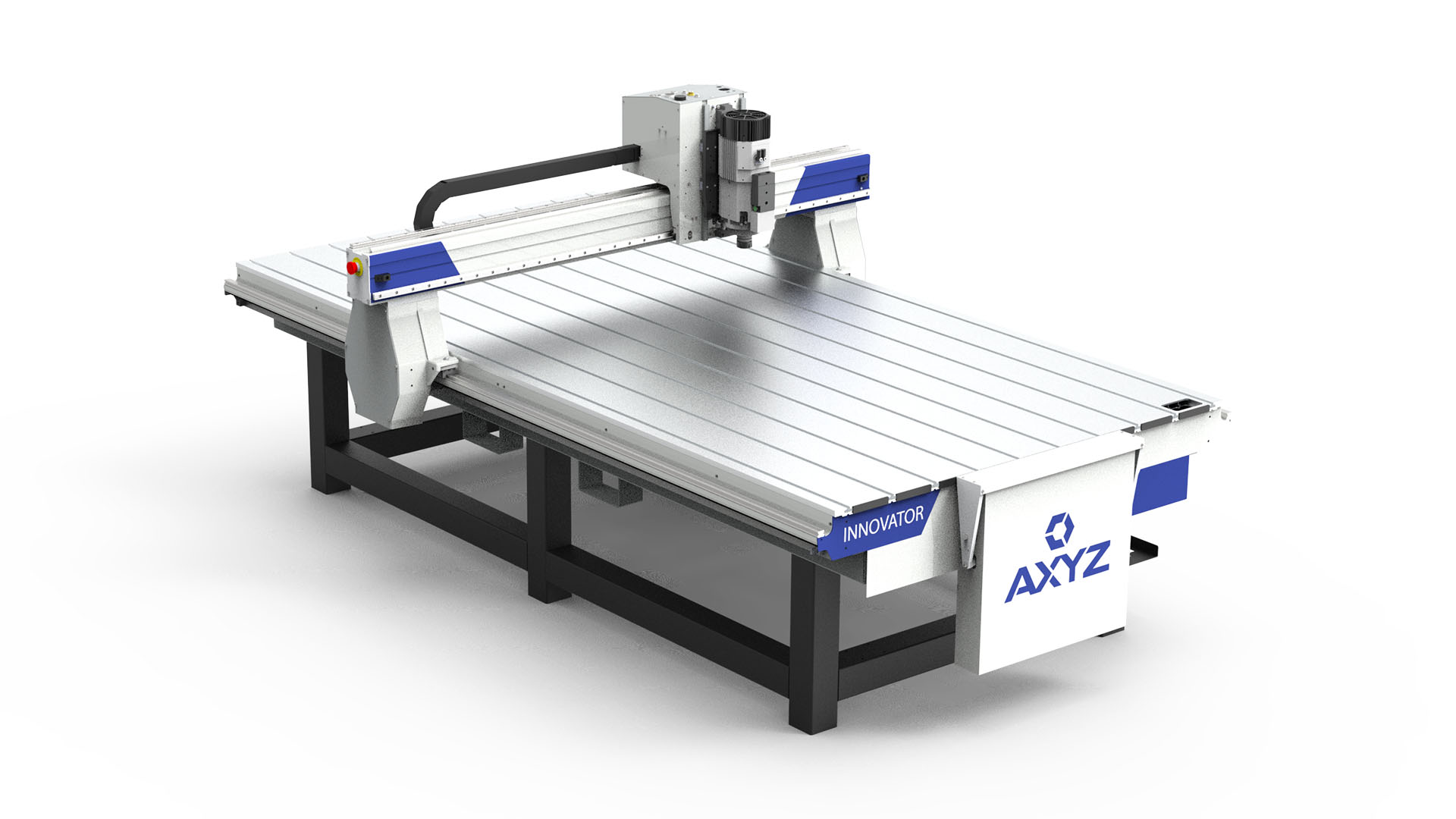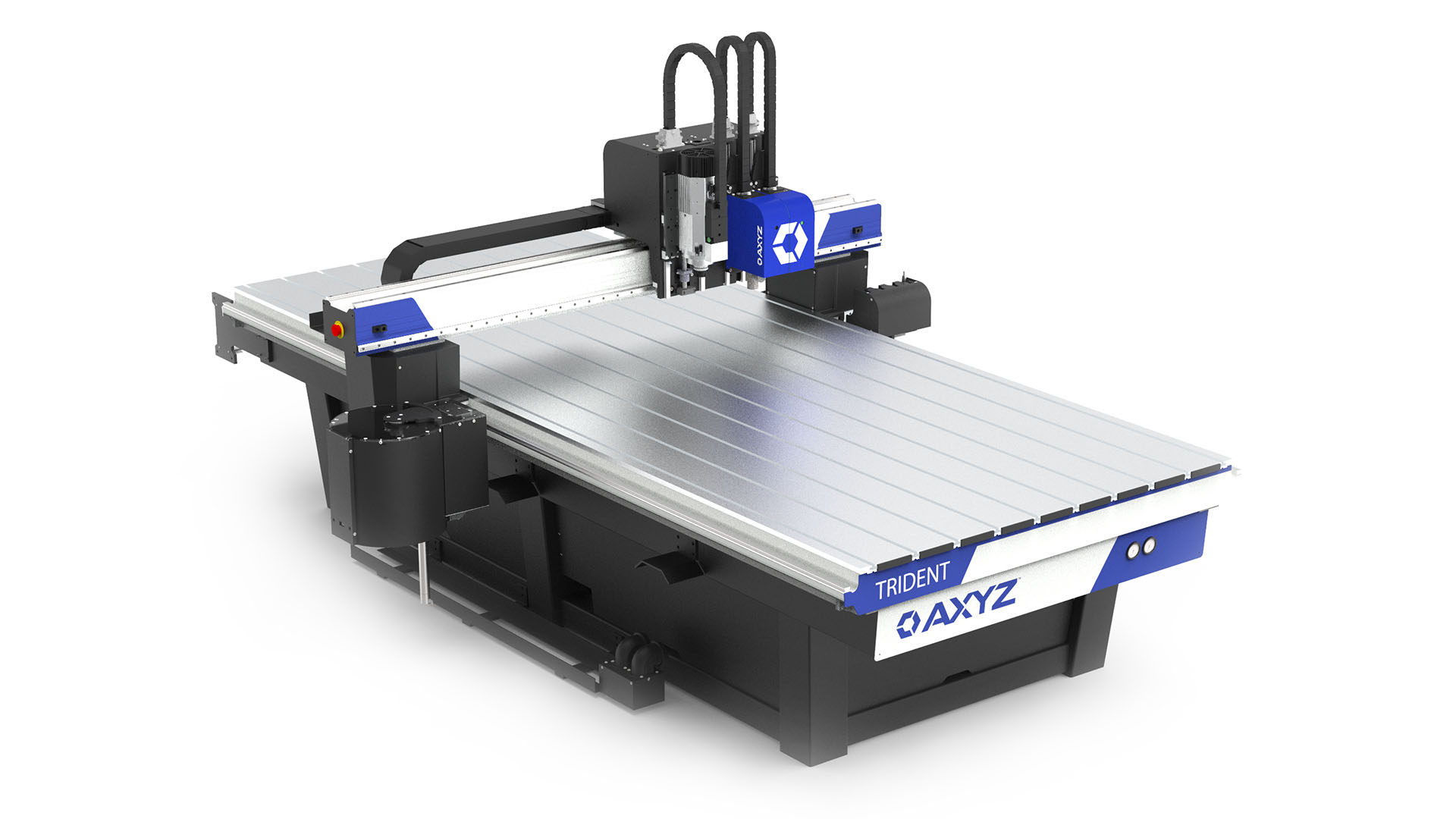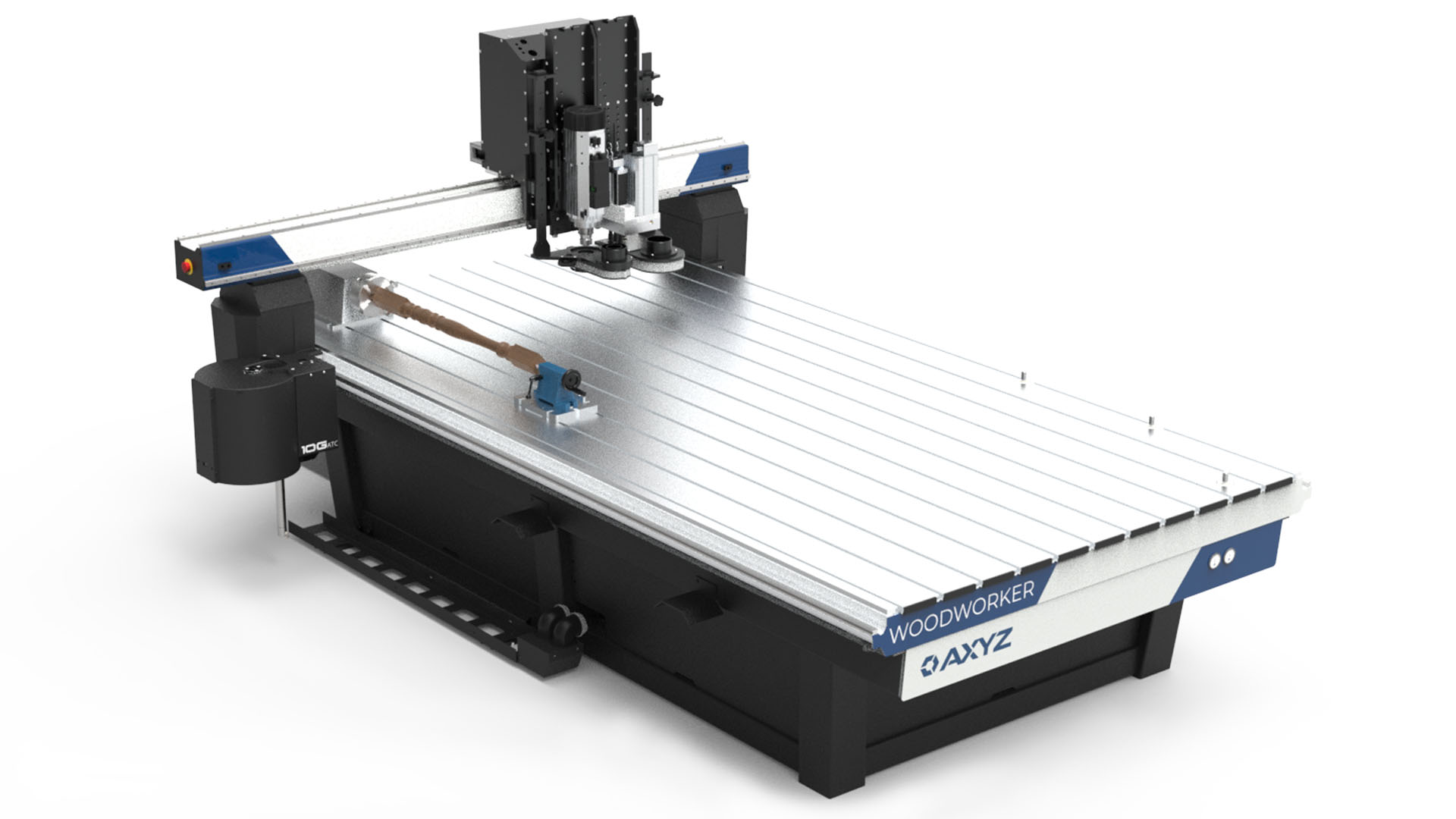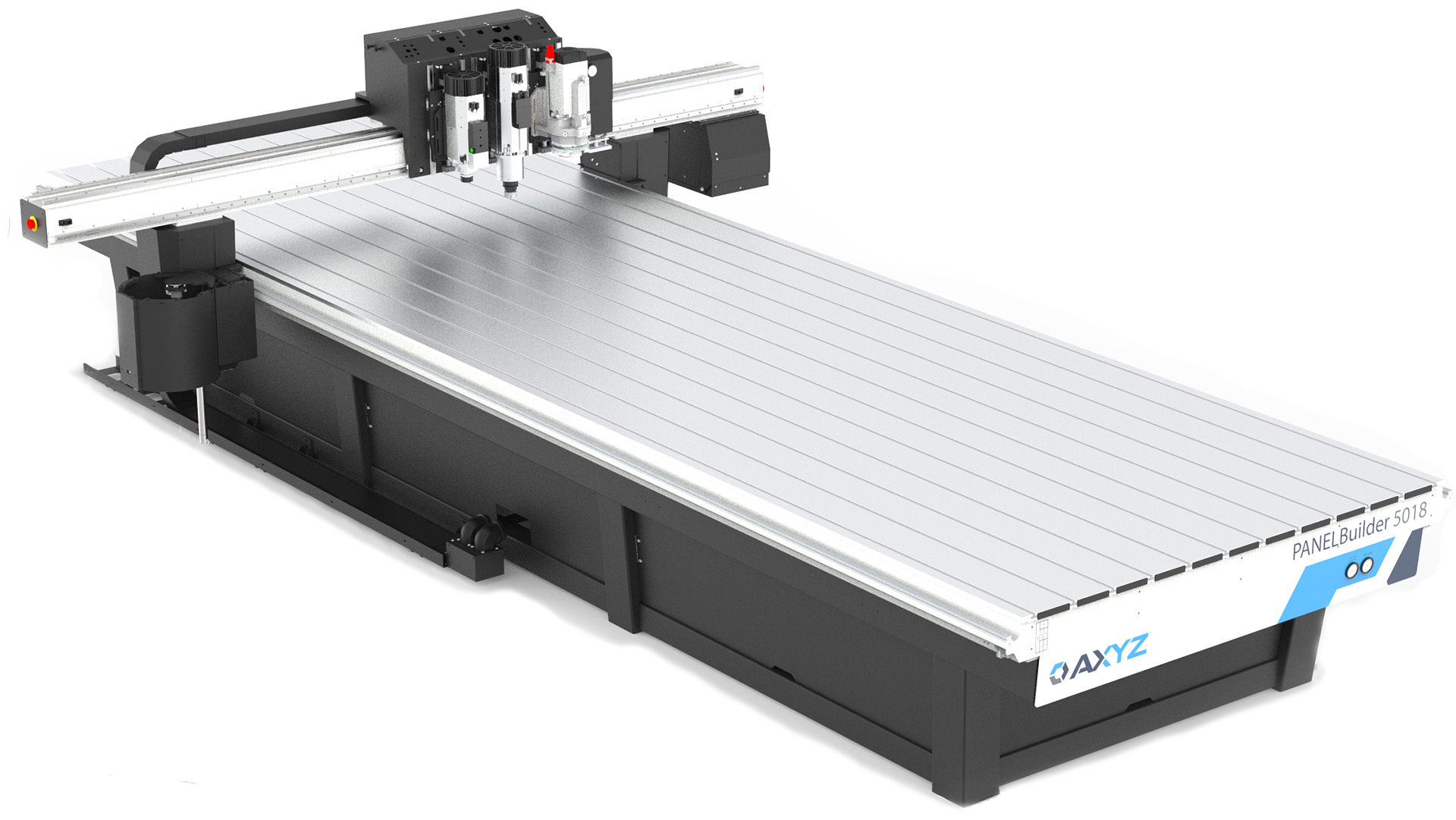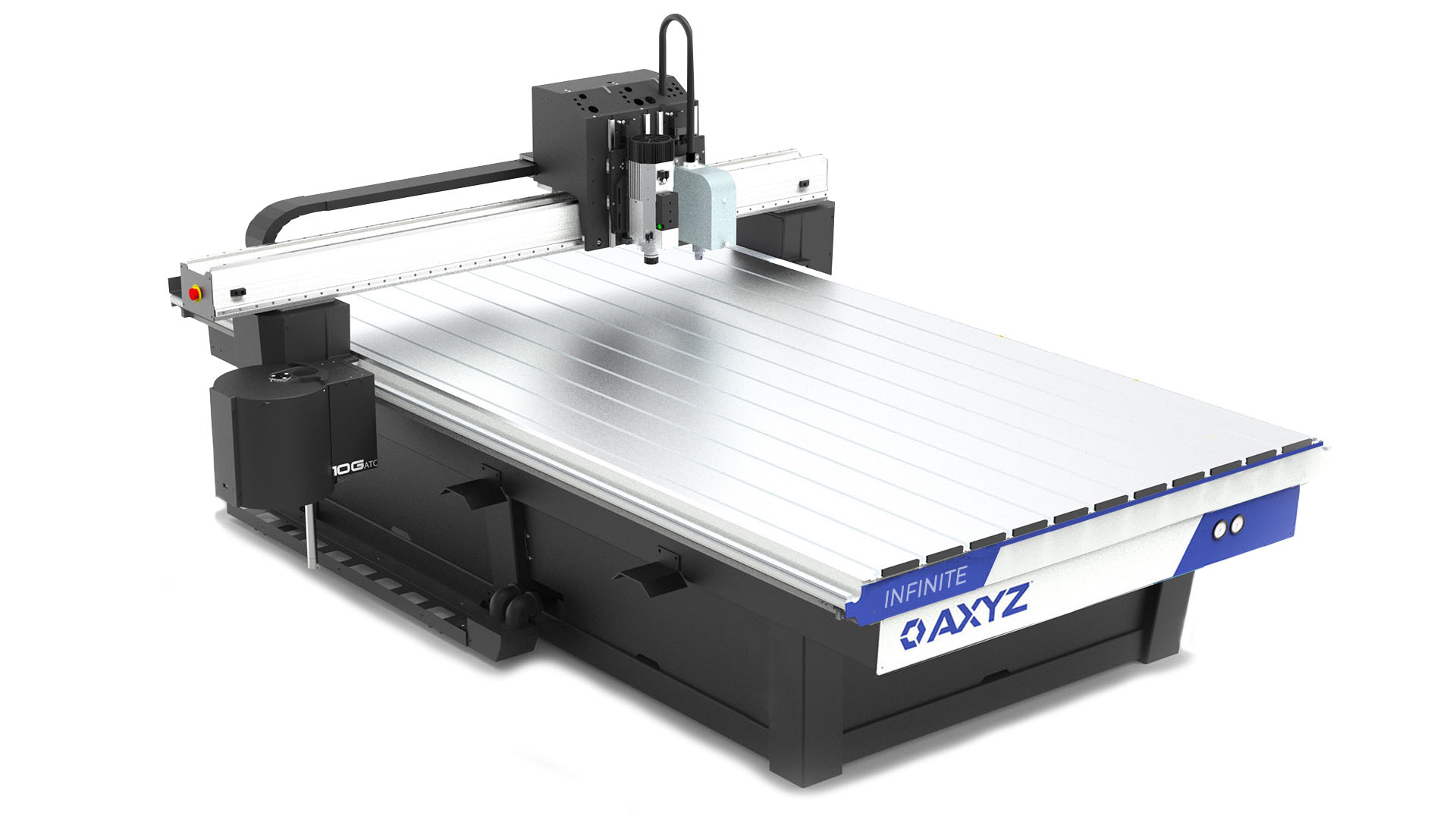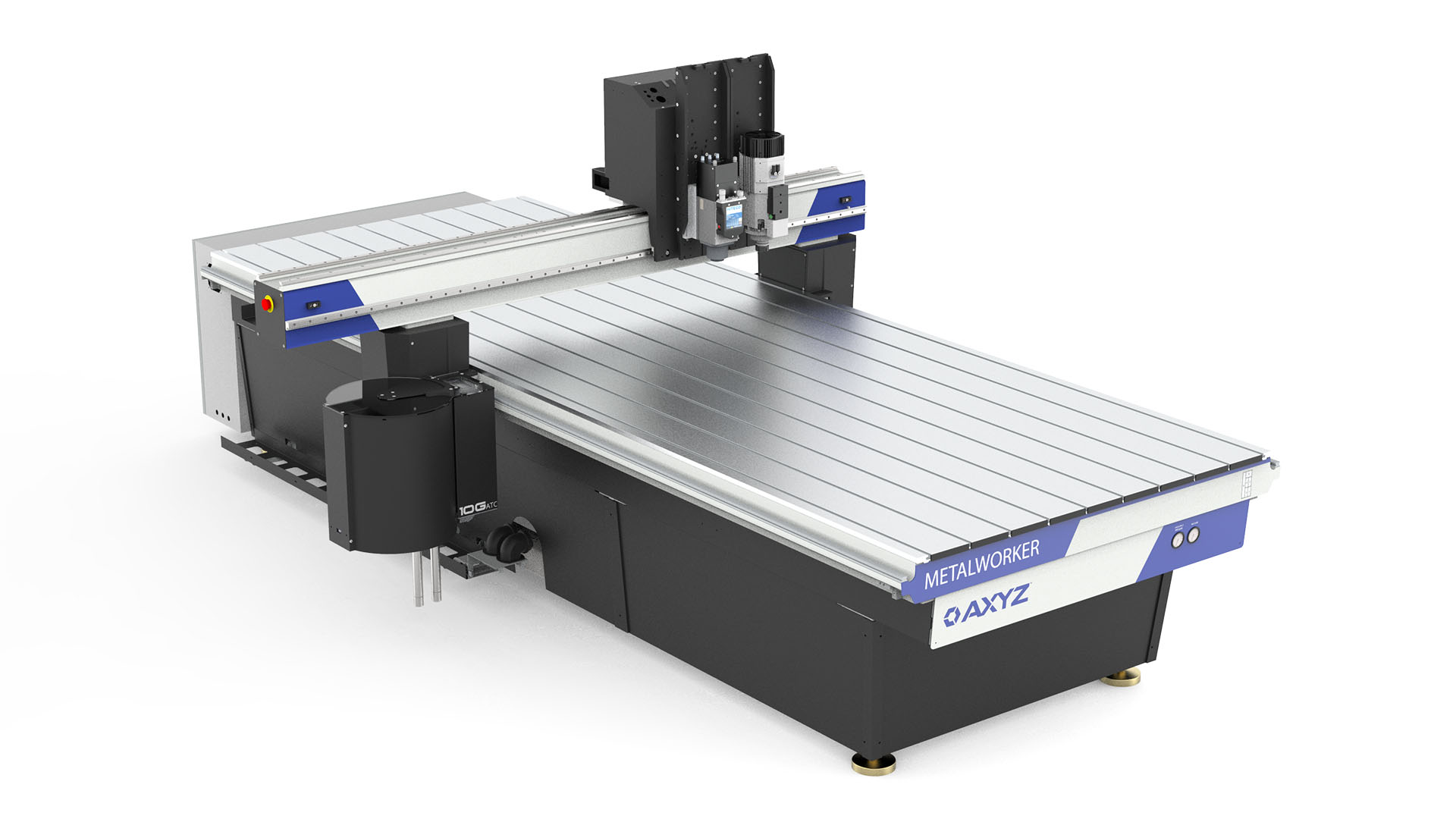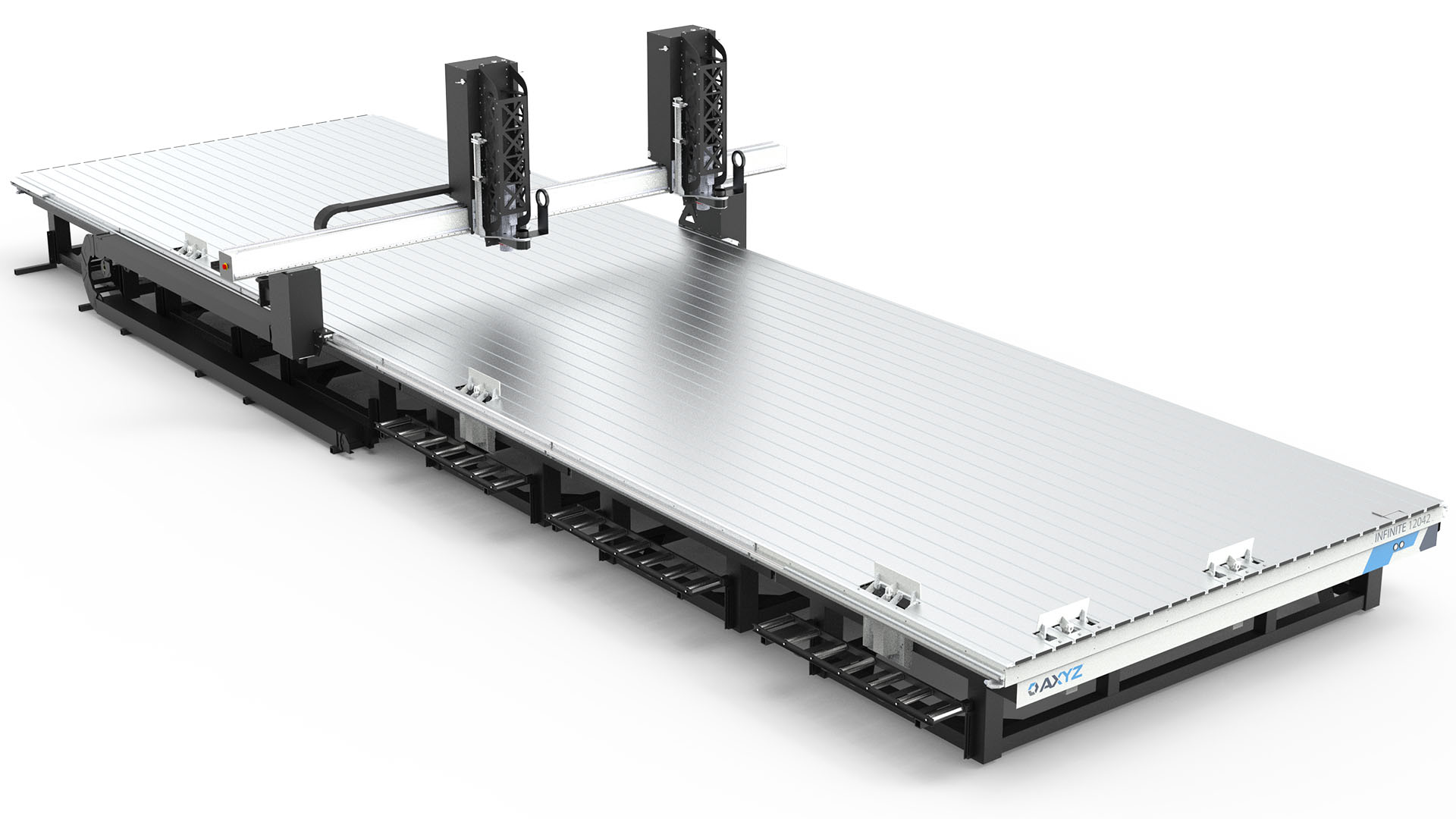What is a sacrificial bed and how does it help the cutting process?
A sacrificial bed is a sheet of material that is placed on top of an aluminum vacuum deck. We recommend using general purpose Medium Density Fibreboard (MDF) for the following reasons:
1. Low cost
2. Wide availability
3. Low wear on tooling
4. It’s porous allowing maximum airflow
You can use almost any thickness of MDF, from ¼” (6mm) to 1” (25mm).
The sacrificial bed allows the machine to fully cut through material without permanently damaging the deck. When set correctly, the tool will very lightly mark the surface of the MDF which can be skimmed regularly to keep it smooth and flat and to minimize vacuum leakage.
What sacrificial bed options are available?
For routing operations, there are two ways to attach your MDF:
Option One: The MDF is placed loosely upon the machine and requires the strength of the vacuum pump or blower to hold it in place.
Option Two: The MDF is mechanically fixed to the machine vacuum deck using the t-slots. This ensures the bed is flat and allows the surface to be regularly skimmed, improving cutting efficiently and sacrificial bed lifespan.
In addition, for those CNC routers that have knife units, we provide additional solutions to protect the sacrificial bed. A self-healing rubber mat is normally used on the surface of the MDF and can be safely cut into be the knife blade without causing damage.
Why is fixed better?
A mechanically fixed sacrificial bed inevitably has a longer life span. A fixed bed allows operators to re-skim the surface after which they’ll be cutting in a new, clean working area. After skimming the bed, the accuracy of the Z axis is more reliable and therefore, provides high quality cutting and precision.
How do I maintain my fixed sacrificial bed?
Naturally, when processing material, you will mark the surface of the MDF. Unfortunately, this will eventually cause vacuum bleed. In order to counteract this process, AXYZ recommends skimming the MDF bed regularly.
If the surface is skimmed by 0.2mm on a weekly basis, we recommend the MDF bed is replaced after six months. However, this is largely dependent on the type of work you’re completing. The core of the MDF can become ‘furry’ making it difficult to hold smaller parts at the end of the cutting process. If the CNC router is predominately processing larger components, the hold down will be perfectly acceptable for a further six months.
Replacing your mechanically fixed sacrificial bed is relatively straight forward and should take no more than a few hours to complete, depending on the size of machine
If you are replacing your sacrificial bed, make sure there is no swarf or debris between the aluminum vacuum deck and your new piece of MDF. The same can be said when replacing the material for cutting.
A guide is available to customers who wish to know more.
Author: Ged Lodge is an Applications Specialist for AXYZ, a global manufacturer of CNC router and knife systems. Ged has over 10 years’ experience with AXYZ and over 25 years’ experience with CNC routers.

